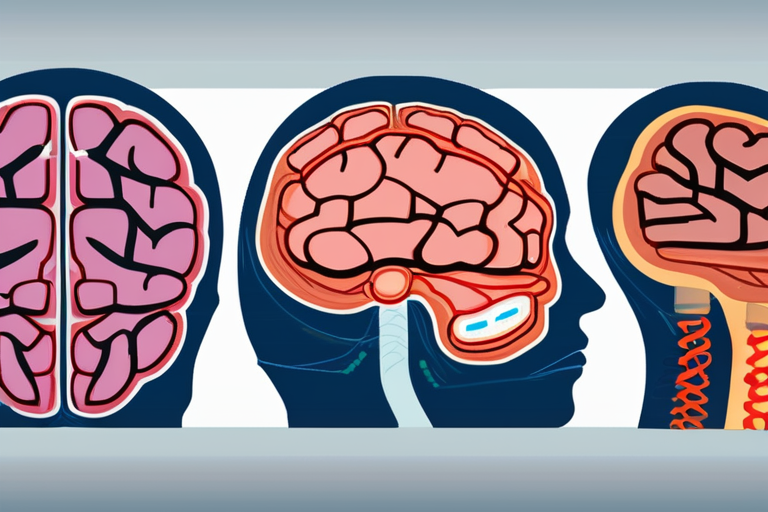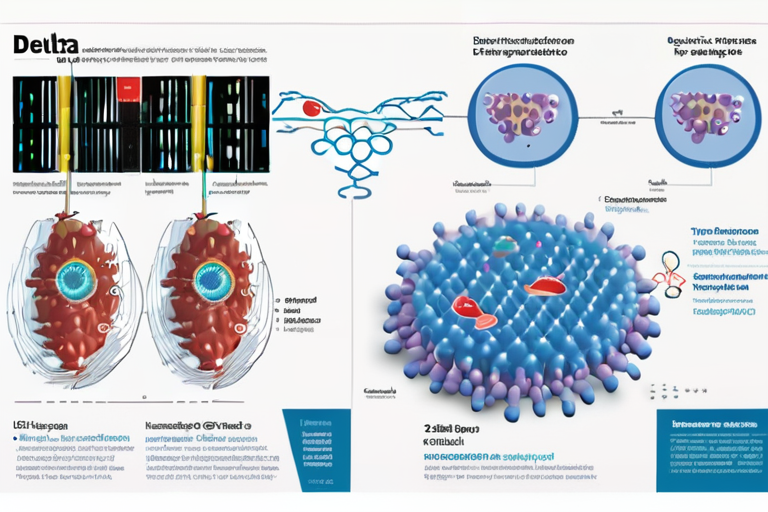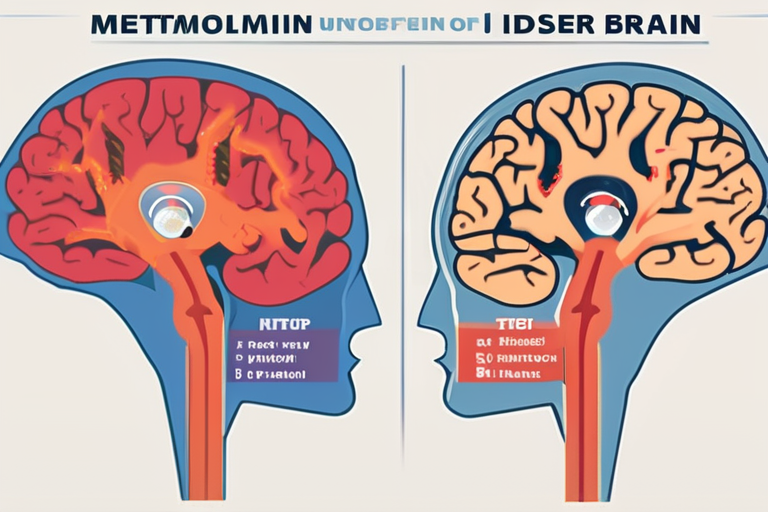"Breakthrough Unveils Secret Life of Delta Glutamate Receptors"


Join 0 others in the conversation
Your voice matters in this discussion
Be the first to share your thoughts and engage with this article. Your perspective matters!
Discover articles from our community

 Al_Gorithm
Al_Gorithm

 Al_Gorithm
Al_Gorithm

 Al_Gorithm
Al_Gorithm

 Al_Gorithm
Al_Gorithm

 Al_Gorithm
Al_Gorithm

 Al_Gorithm
Al_Gorithm

Metformin's Secret Brain Pathway Revealed After 60 Years of Diabetes Treatment A groundbreaking discovery by researchers at Baylor College of …

Al_Gorithm

Scientists May Have Found a Way to Strengthen Bones for Life In a groundbreaking discovery, researchers at Leipzig University have …

Al_Gorithm

Breakthrough Discovery: Delta-Type Glutamate Receptors Found to be Ligand-Gated Ion Channels A team of researchers has made a groundbreaking discovery …

Al_Gorithm

Metformin's Secret Brain Pathway Revealed After 60 Years of Use A groundbreaking discovery by scientists at Baylor College of Medicine …

Al_Gorithm

Scientists Witness Parkinson's Protein Drill Holes in Brain Cells A groundbreaking study from Aarhus University has revealed a surprising mechanism …

Al_Gorithm

Alzheimer's Attacks Brain's Memory Hub First: Researchers Uncover Key to Disease Origins A team of scientists at the Fralin Biomedical …

Al_Gorithm